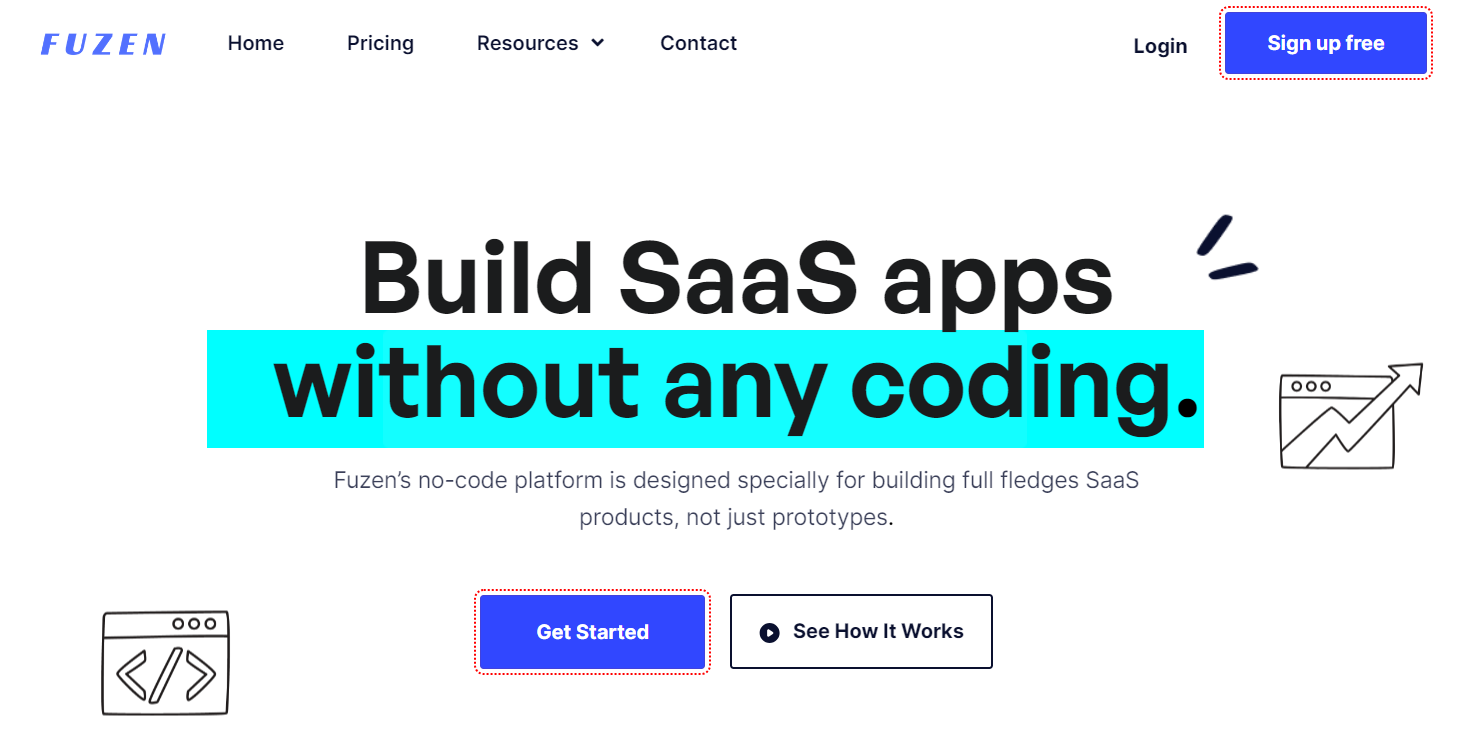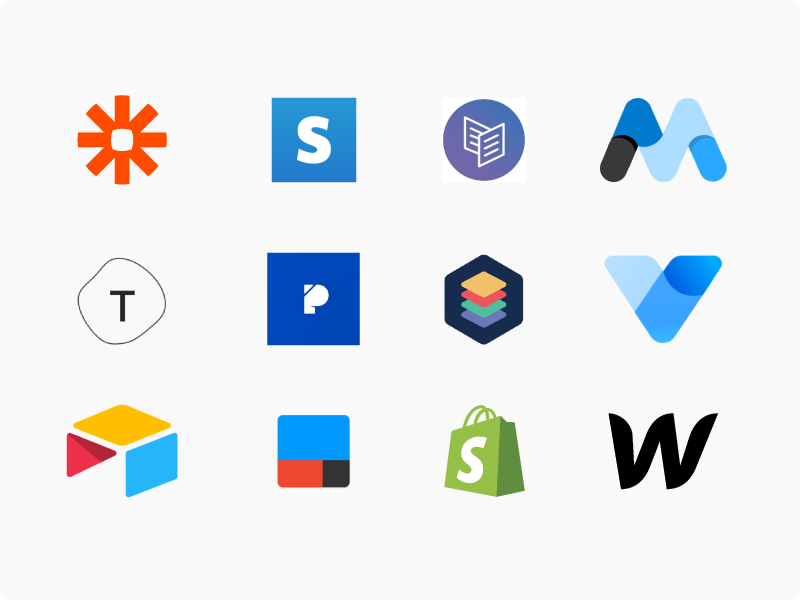Exactly How No-Code Equipment Simplify Open System Data Source Production for Everyone
Exactly How No-Code Equipment Simplify Open System Data Source Production for Everyone
Blog Article
Discover Just How Scalable Data Sources Can Be Used Without Coding to Enhance Your Business Procedures
In today's fast-paced company atmosphere, the capability to take care of and analyze data effectively is extremely important. no-code. Scalable databases, especially when coupled with no-code solutions, provide a transformative strategy that empowers non-technical individuals to enhance operations.
Understanding Scalable Data Sources
Scalable databases are essential for modern-day organization procedures, enabling companies to efficiently take care of raising volumes of information without compromising performance. These databases are made to adjust and expand to the changing demands of an organization, ensuring that they can handle larger datasets and more intricate inquiries as business requirements advance.
Recognizing scalable data sources includes acknowledging their 2 primary types: vertical scaling and straight scaling. Upright scaling, or "scaling up," entails including even more power (CPU, RAM) to an existing web server to enhance performance. On the other hand, straight scaling, or "scaling out," requires including more servers to distribute the load, which usually results in higher adaptability and mistake resistance.
One more essential aspect is the architecture of scalable data sources, which can be either relational or non-relational. Relational databases, such as MySQL and PostgreSQL, are structured and use SQL for questions, while non-relational data sources, like MongoDB and Cassandra, supply even more adaptability with unstructured data.
Inevitably, recognizing scalable databases is essential for services intending to take advantage of information as a strategic property, allowing them to remain affordable in a progressively data-driven atmosphere.

Advantages of No-Code Solutions
Opening the potential of no-code services equips companies to improve operations and enhance efficiency without the demand for substantial programming expertise. These systems permit non-technical users to create, change, and handle databases effortlessly, hence democratizing access to modern technology across teams.
Among the main advantages of no-code solutions is their speed of execution. Businesses can rapidly release applications and automate procedures, substantially minimizing the moment invested on development cycles. This agility allows companies to react without delay to market adjustments and consumer needs, fostering a competitive edge.
Furthermore, no-code platforms lower dependence on IT departments for daily jobs, enabling technological teams to concentrate on even more intricate jobs that call for specialized skills. This shift not just enhances resource allowance but likewise advertises innovation within the company.
Cost-effectiveness is another benefit, as no-code services can decrease advancement and upkeep expenditures. By reducing the requirement for coding competence, firms can harness the capacities of their existing labor force without the overhead of working with added employees.
Popular No-Code Data Source Devices
The increase of no-code options has actually led to the development of different data source devices that deal with businesses seeking effectiveness and accessibility. These devices equip users with restricted technical knowledge to produce, manage, and adjust data sources effortlessly.

Caspio stands out for its capability to develop web applications with no coding. It enables businesses to create robust data sources and release applications swiftly, dealing with various market needs. Propensity supplies easy to use user interfaces and effective information administration abilities, enabling organizations to develop personalized applications customized to their operations.

Usage Cases in Service Procedures
Just how can services leverage data source tools to enhance their operations? Scalable data sources give companies with effective abilities to handle and examine information without the demand for extensive coding expertise. These devices can enhance various business processes, ultimately bring about boosted effectiveness and performance.
One prominent usage case is consumer relationship monitoring (CRM) Organizations can use scalable databases to track customer communications, choices, and comments, allowing personalized communication and better solution. By streamlining this details, groups can work together a lot more effectively and reply to consumer demands in real-time.
One more considerable application is supply monitoring. Companies can use no-code data source tools to check supply levels, track deliveries, and forecast need. This makes certain optimum inventory degrees, lowers waste, and decreases stockouts.
Additionally, job administration can gain from scalable databases by enabling teams to manage jobs, target dates, and resources in a combined platform. With real-time updates and information visualization, job supervisors can make informed decisions.
Starting With Implementation
Applying scalable databases in organization procedures calls for an organized strategy to ensure effective assimilation and application. The initial step is to perform a complete requirements analysis, recognizing particular company site link requirements, data kinds, and expected growth patterns. This foundational understanding will certainly guide the official website choice of the proper data source service.
Following, select a straightforward, no-code database system that lines up with your functional objectives. no-code. Several contemporary options supply instinctive user interfaces, permitting non-technical customers to handle data properly. After selecting a system, establish a clear information design that describes how data will certainly be arranged, accessed, and maintained
Training is crucial; make sure that group members are furnished with the necessary skills to utilize the database. Consider offering tutorials or workshops to acquaint team with the system's functionalities.
Conclusion
Finally, the assimilation of scalable databases with no-code remedies presents considerable advantages for service operations. These systems encourage non-technical individuals to successfully manage and analyze data, facilitating boosted decision-making and partnership. By adopting devices such as Airtable and Idea, companies can lower and enhance procedures reliance on IT resources. Ultimately, leveraging these innovations can result in improved efficiency and functional efficiency, placing organizations for sustained development in a competitive landscape.
One preferred no-code database device is Airtable, which combines the capability of a spreadsheet with the power of a data source.Just how can services utilize database devices to enhance their procedures? Organizations can use scalable investigate this site data sources to track customer communications, preferences, and comments, enabling tailored interaction and much better service.Applying scalable data sources in company procedures requires a structured approach to make certain effective integration and utilization.In conclusion, the combination of scalable data sources through no-code solutions provides considerable benefits for business procedures.
Report this page